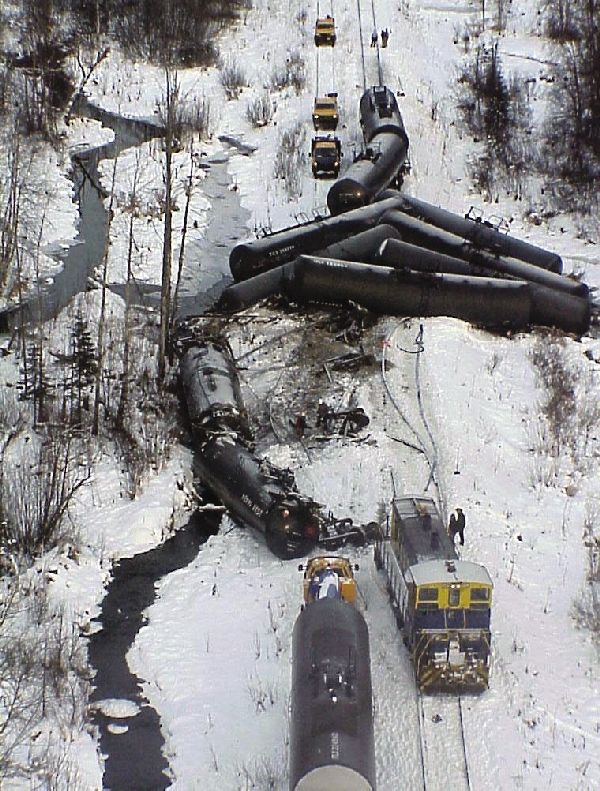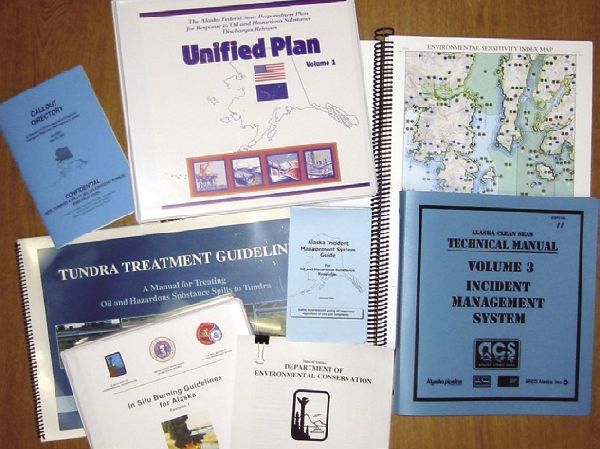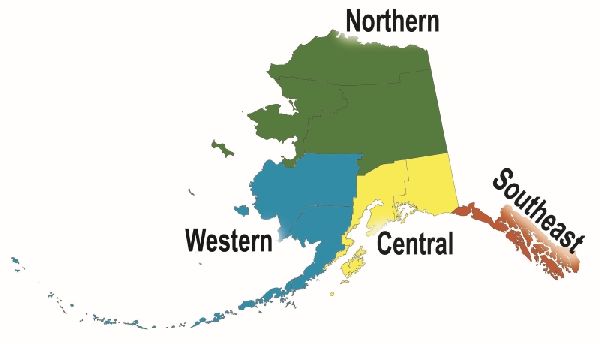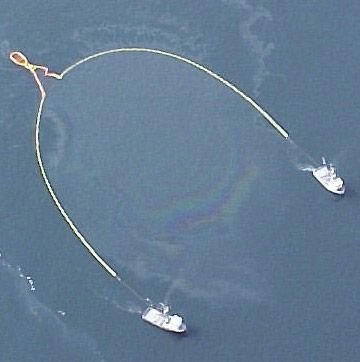
Prevention Preparedness & Response (PPR) Program
The mission of the Prevention Preparedness and Response Program is to protect public safety, public health and the environment by preventing and mitigating the effects of oil and hazardous substance releases from both regulated and unregulated sources and ensuring their cleanup through government and industry planning and rapid response.
← A railroad tank car derailment in October 1999 near Canyon Creek resulted in a spill of over 12,000 gallons of jet fuel.
Prevention
Spill prevention is achieved by eliminating human and mechanical failure to the greatest extent possible, using the best technology and practices, and having back-up safety systems in place. PPR staff work with industry and the public to identify and implement ways to prevent spills.
Core elements of PPR's role in spill prevention include:
- reviewing and approving oil discharge prevention and contingency plans required under state law
- providing technical assistance to industry and the public
- performing facility inspections
- training and education in proper spill prevention and response methods

↑ Escort vessels are a key prevention measure that enhances the safety of marine oil transportation in Prince William Sound.
Preparedness
The ability to respond quickly and effectively to spills requires continuous self-improvement and close coordination with stakeholders. The objectives are to reduce spill impacts to public health and the environment, reduce costs for spill response, and increase recovery of spilled product.
Core elements of PPR's role in preparedness include:
- spill drills and exercises
- partnerships with local communities and other state and federal agencies
- pre-positioning of response equipment for local use
- maintenance of statewide and regional spill response plans
- implementation of the Incident Command System for spill response
- reviewing and approving applications for proof of financial responsibility
- registering oil spill primary response action contractors

↑ Response preparedness through the development of planning tools such as the Unified Plan, geographic response strategies, and the Alaska Incident Management System Guide.
Response

The State is divided into four response regions (Northern, Western, Central, and Southeast) with teams based in Anchorage, Fairbanks, and Juneau and smaller satellite offices in Kenai and Valdez. Each regional response team has a pre-designated State On-Scene Coordinator (commonly referred to as SOSC), who represents the state during spills in that portion of the state.
Core elements of PPR's role in response include:
- Ensuring the safety of those involved
- Protecting public health
- Identifying the spiller or “responsible party”
- Evaluating the adequacy of the cleanup
- Investigating the cause
- Determining the volume spilled and recovered
- Tracking the movement of the spill
- Measuring and documenting the extent of contamination
- Ensuring the containment, cleanup, removal, and disposal of spilled materials
- Coordinating with all local, state and federal interests using the Incident Command System (ICS)
- Providing logistical support for field operations
- Assessing damage to natural resources

↑ On-water oil recovery efforts from a fishing vessel that sank in Prince William Sound on August 4, 2001 with 35,000 gallons of diesel fuel and several hundred gallons of lube and hydraulic oil on board.
Links to More Information
- PPR Homepage
- Contact Information
- Find additional program links on the top right portion of this page

 Indicates an external site.
Indicates an external site.